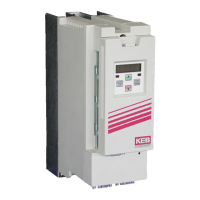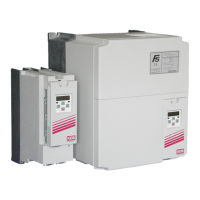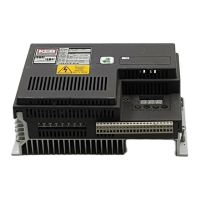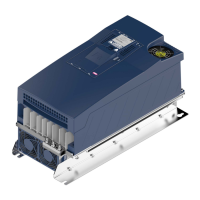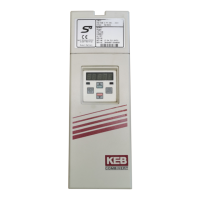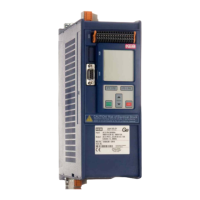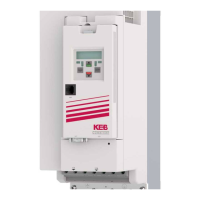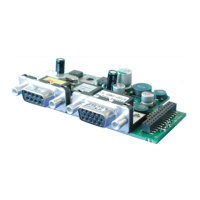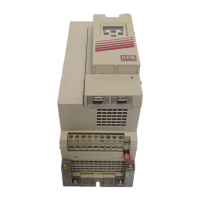
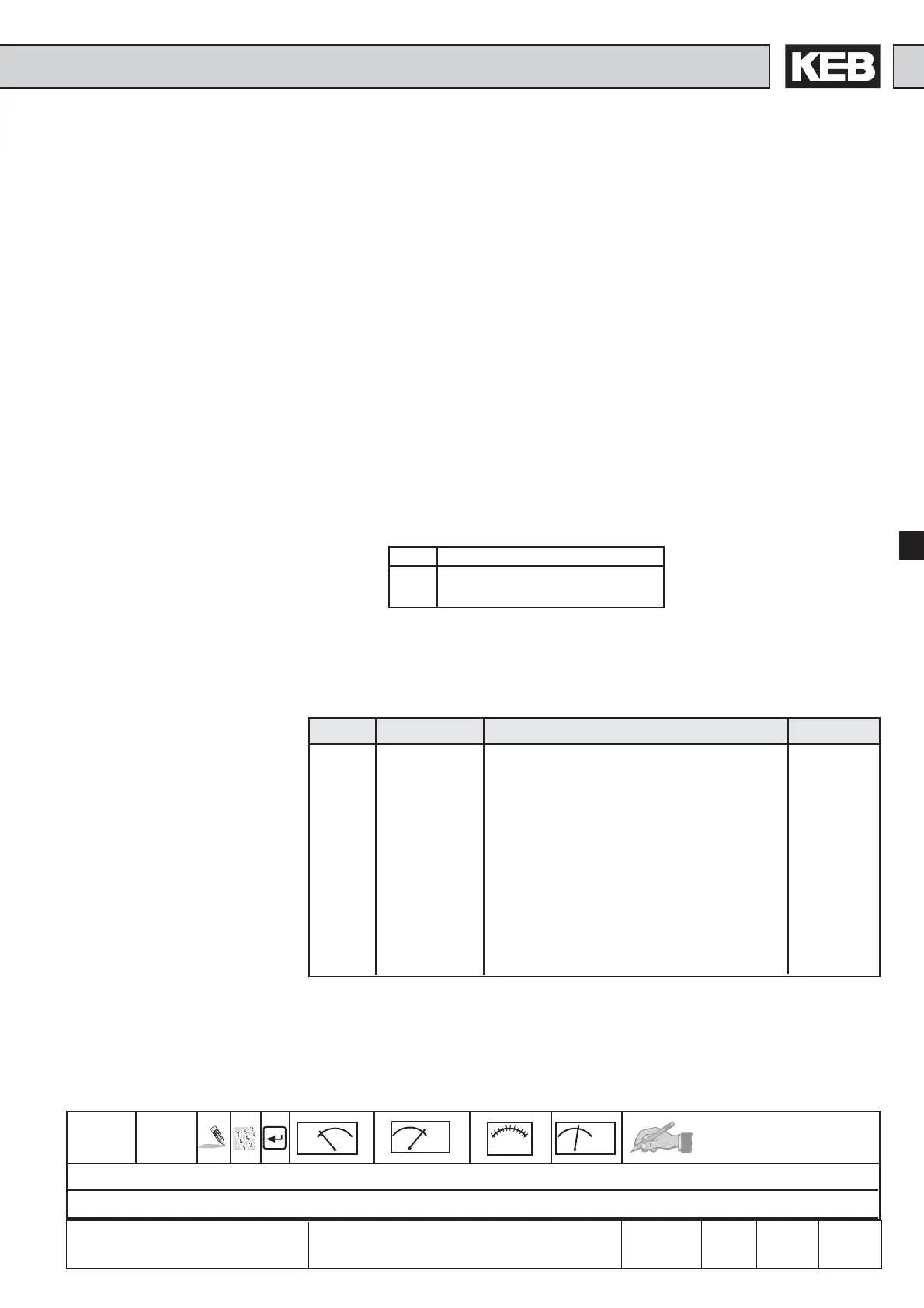
Do you have a question about the KEB COMBIVERT F5 MULTI and is the answer not in the manual?
| Category | DC Drives |
|---|---|
| Enclosure Rating | IP20 |
| Protection Features | Overcurrent, overvoltage, undervoltage, short circuit |
| Communication Interfaces | CAN, PROFIBUS, PROFINET, Modbus RTU, Ethernet |
| Cooling Method | Fan-cooled |
Provides a fast access to wanted information, consisting of contents, index, and search criteria.
Overview for users involved in application development and construction, highlighting inverter programming benefits.
Describes the inverter's features, operating conditions, and application purpose.
Details hardware description, technical data, and connection of power and control terminals.
Explains basic operation, including password input, parameter selection, and set selection.
Details password levels, password management, and changing password levels for security.
Covers CP-Mode operation, factory settings, password input, and operating display configurations.
Explains adjustment possibilities, display, setpoint input, rotation setting, start/stop, and further settings.
Lists parameter groups, F5-BASIC control, F5-GENERAL control (B-housing, >=D-housing), and parameter listings.
Provides summaries of ru-, In-, and Sy-parameters and explanations for parameter descriptions.
Details input/output summaries, interface selection, and amplifier settings for analog signals.
Explains input signals, output signals, digital filter, inversion, and strobe-dependent inputs/outputs.
Covers reference sources, rotation sources, fixed values, setpoint limits, and ramp generation.
Explains control type, max. frequency mode, rated frequency, boost, and voltage stabilization.
Details motor name plate, DASM/DSM data, torque limitation, flux/rotor adaption, and controller structure.
Covers ramp stop, current limits, automatic restart, error responses, quick stop, and motor protection.
Details not programmable, security, system parameters, indirect/direct addressing, and copying/selection of parameter sets.
Details DC-braking, energy saving, motor potentiometer, timer, brake control, power-off, and wobbel functions.
Explains designs, interfaces, power supply, selection, basic settings, and used parameters for encoders.
Covers synchronous control, slave correction, position controller, reference point approach, and teach mode.
Details PID controllers, setpoint values, actual values, and sample applications.
Covers CP-parameter survey, assignment, examples, display standardization, and used parameters.
Covers measures after unpacking, installation, connection, and a pre-start-up checklist.
Provides start-up procedures for F5-MULTI, F5-SERVO, and adjustment assistance for the speed controller.
Details parameters, possibilities, cooling system connection, inverter protection, and operation examples.
Covers general troubleshooting steps and lists error messages with their causes.
Covers control cabinet design calculation, braking resistors, and cable/fuse selection.
Lists available hardware like RS232 cables, HSP5 cables, and interface operators for different networks.
Details inverter address adjustment, baud rates for internal/external bus, and watchdog time.
Provides an index, worldwide KEB locations, and domestic representations.
